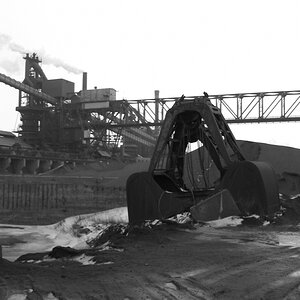newb
TPF Noob!
- Joined
- Nov 20, 2009
- Messages
- 182
- Reaction score
- 8
- Location
- Puyallup WA
- Can others edit my Photos
- Photos OK to edit
So, the other day was my sons birthday. I was sitting next to him taking pictures as he opened his gifts. Keep in mind, this is in a moderately lit room, but not ideal for taking pictures. I later noticed that most of the pictures had a "snap shot" feel to them. By that I mean, having the subject almost over exposed while the back ground is slighty under exposed. For the record, I was using my on camera flash which I'm sure is a major cause of my problem.
Being as I have all these pictures to work with, does anyone have any tips on what to do while editing to help em out?
Tips on what to do while shooting in these situations would be great. Am I pretty much stuck with this until I get a better flash and some sort of diffuser? Thanks.
Being as I have all these pictures to work with, does anyone have any tips on what to do while editing to help em out?
Tips on what to do while shooting in these situations would be great. Am I pretty much stuck with this until I get a better flash and some sort of diffuser? Thanks.




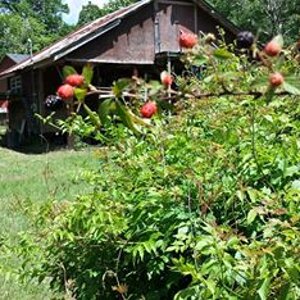
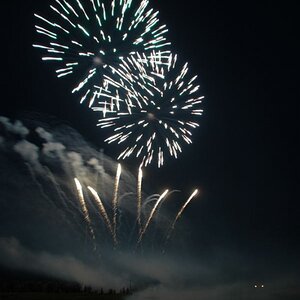
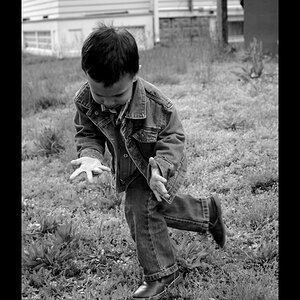
![[No title]](/data/xfmg/thumbnail/37/37609-a1984365804384f841d8245ae7e3b9a7.jpg?1619738149)
![[No title]](/data/xfmg/thumbnail/33/33422-d1097b04586502aba932c8d5409d8026.jpg?1619735961)
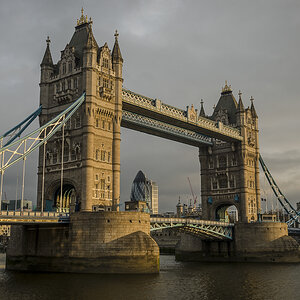
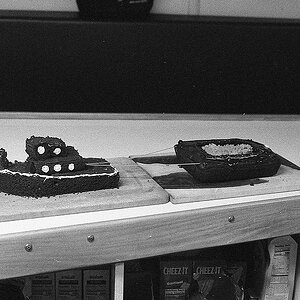

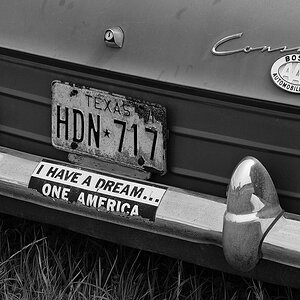
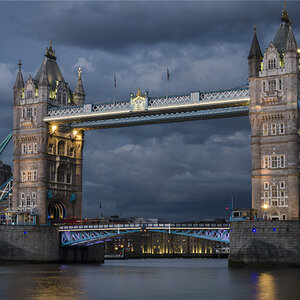
![[No title]](/data/xfmg/thumbnail/37/37608-63b0d340b0972479217b548a4026df96.jpg?1619738149)
